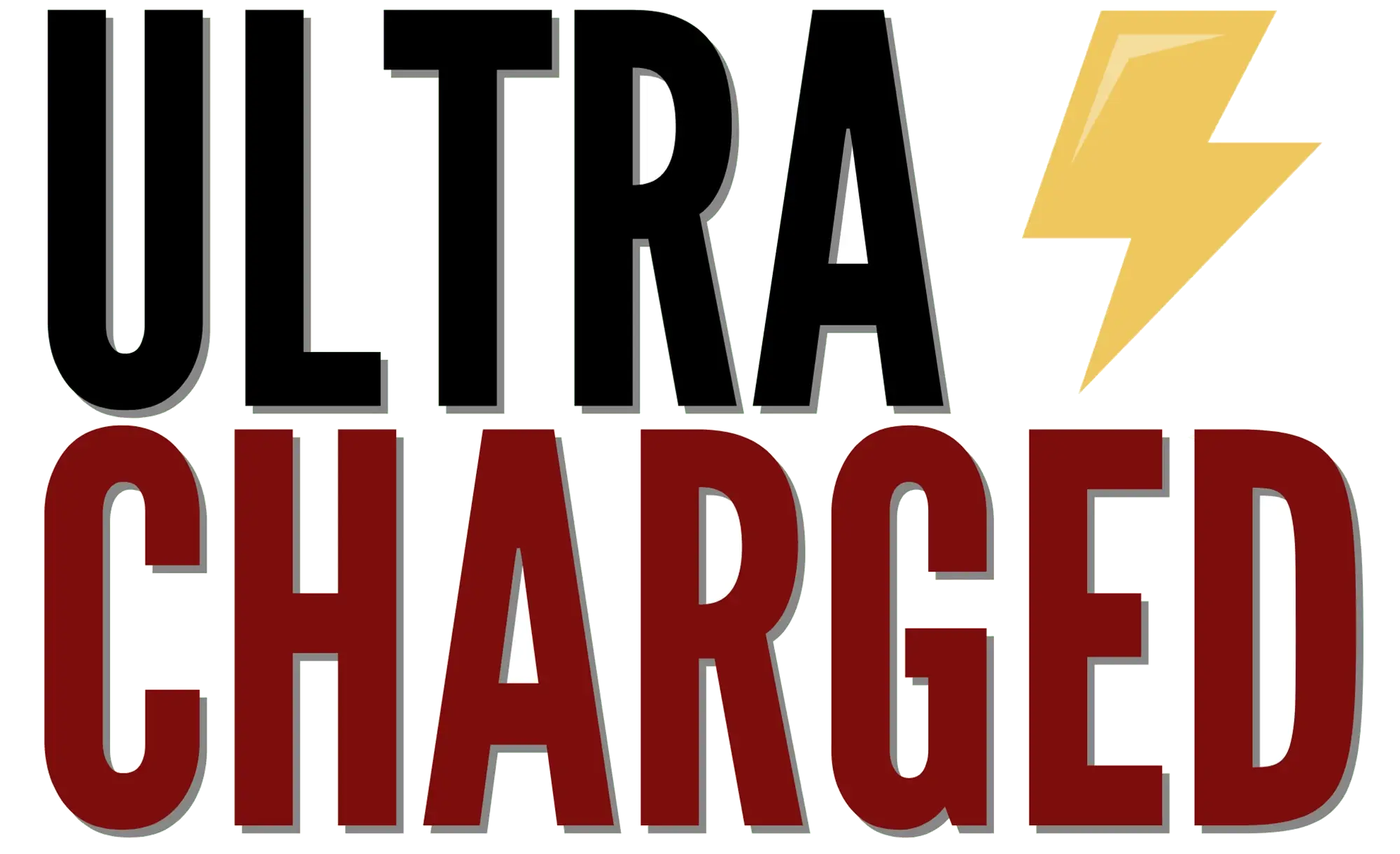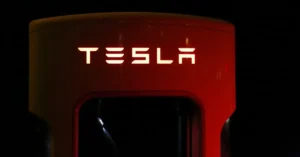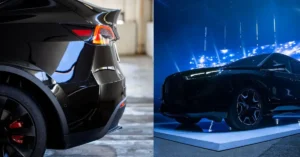When it comes to home battery energy storage solutions, two of the most popular options on the market are the Generac PWRcell and the Tesla Powerwall. Both of these products are designed to provide homeowners with a reliable and efficient way to store excess solar power for use during peak demand times or in the event of a power outage. But which one is the better choice for your home? Discover our comparison of the Generac PWRcell vs Tesla Powerwall in this article!
Table of Contents
Elon Musk projects have always been at the forefront of innovation and technology, and the Tesla Powerwall is no exception. This sleek and stylish home battery system is designed to seamlessly integrate with your home solar panel system, providing you with a reliable and efficient way to store excess solar power for later use. But while the Tesla Powerwall is certainly a popular choice, it’s not the only option available.
Enter the Generac PWRcell, a home battery energy storage solution that is quickly gaining popularity among homeowners. With its advanced features and impressive efficiency, the PWRcell is a serious contender in the home battery market. But how does it stack up against the Tesla Powerwall? In this article, we’ll take a closer look at both products and compare their features, performance, and overall value to help you make an informed decision about which one is right for your home.
Generac Pwrcell vs Tesla Powerwall
When it comes to energy storage solutions, two of the most popular options are the Generac Pwrcell and Tesla Powerwall. Both are designed to provide backup power during outages and store excess solar energy for later use. In this section, we will compare the capacity, efficiency, cost, and warranty of these two systems to help you make an informed decision.
Capacity
The capacity of the Generac Pwrcell and Tesla Powerwall varies depending on the number of battery modules installed. The Tesla Powerwall has a capacity of 13.5 kWh, while the Generac Pwrcell has a capacity of 8.6 kWh per battery module. However, the Pwrcell can be expanded up to 34.2 kWh with four battery modules, while the Powerwall can be expanded up to 27 kWh with two additional battery modules.
Efficiency
When it comes to efficiency, the Generac Pwrcell has an advantage over the Tesla Powerwall. Thanks to its DC-coupled system, the Pwrcell is 7-10% more efficient than the Powerwall, which has two additional power inversions. This means that the Pwrcell can save you more on your electricity bills in the long run.
Cost
The cost of the Generac Pwrcell and Tesla Powerwall varies depending on the number of battery modules and installation costs. Currently, the average cost of a single Tesla Powerwall 2 installed is $15,500, while the average cost of an installed Generac Pwrcell is from $13,000 to $19,000 depending on the configuration.
Warranty
Both the Generac Pwrcell and Tesla Powerwall come with a 10-year warranty. However, the warranty for the Pwrcell includes a performance guarantee that ensures the battery will maintain at least 70% of its original capacity over the 10-year warranty period. The Tesla Powerwall warranty does not include a performance guarantee.
To sum up, the Generac Pwrcell and Tesla Powerwall are both reliable and efficient energy storage solutions. The choice between the two systems ultimately depends on your specific needs and budget.

Solar Energy Backup Power Systems
Solar energy backup power systems are becoming increasingly popular as people seek to reduce their reliance on traditional power sources. Two of the most popular solar energy backup power systems on the market today are the Generac PWRcell and the Tesla Powerwall. Both of these systems offer a range of benefits and features, making them ideal for homeowners who want to reduce their carbon footprint and save money on energy bills.
Solar Panels
The first part of any solar energy backup power system is the solar panels. These panels are responsible for converting sunlight into electricity that can be used to power your home. When it comes to choosing solar panels, there are a few things to consider. For example, you’ll need to think about the size of your roof, the amount of sunlight your home receives, and your budget.
Inverter
The inverter is another important component of a solar energy backup power system. This device is responsible for converting the DC electricity produced by the solar panels into AC electricity that can be used to power your home. There are two main types of inverters: string inverters and microinverters. String inverters are less expensive, but they can be less efficient than microinverters.
Battery Storage
Battery storage is where the Generac PWRcell and the Tesla Powerwall differ the most. The Generac PWRcell uses a DC-coupled system, which is more efficient than the AC-coupled system used by the Tesla Powerwall. However, the Tesla Powerwall has a larger storage capacity, making it a better choice for homeowners who need more power.
Size
Finally, it’s important to consider the size of your solar energy backup power system. This will depend on a number of factors, including the size of your home, your energy usage, and your budget. Both the Generac PWRcell and the Tesla Powerwall come in different sizes, so you can choose the one that best fits your needs.
As you can see, when it comes to solar energy backup power systems, there are a lot of factors to consider. Solar panels, inverters, battery storage, and size are all important considerations that will impact the overall performance of your system. By understanding these factors and choosing the right system for your needs, you can reduce your carbon footprint and save money on energy bills.
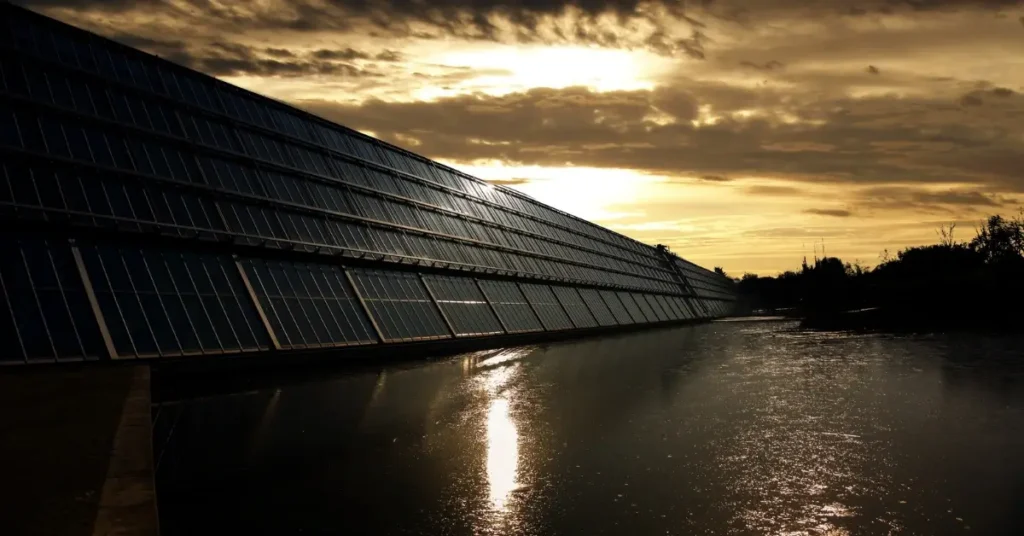
Battery Capacity and Efficiency
When it comes to comparing the Generac PWRcell and the Tesla Powerwall, one of the most important factors to consider is battery capacity and efficiency. Both batteries are designed to store energy generated from solar panels, but they differ in terms of their capacity and efficiency.
Battery Capacity
Battery capacity refers to the total amount of energy that a battery can store. The Generac PWRcell comes in a range of sizes, with capacities ranging from 8.6 kWh to 17.1 kWh. The Tesla Powerwall, on the other hand, has a capacity of 13.5 kWh.
Usable Capacity
Usable capacity is the amount of energy that can be discharged from the battery without damaging it. The Generac PWRcell has a usable capacity of up to 10.5 kWh, while the Tesla Powerwall has a usable capacity of 13.5 kWh.
Depth of Discharge
The depth of discharge refers to the amount of energy that can be discharged from the battery before it needs to be recharged. The Generac PWRcell has a depth of discharge of up to 90%, while the Tesla Powerwall has a depth of discharge of 100%.
Round Trip Efficiency
Round trip efficiency refers to the amount of energy that can be stored and discharged from the battery without losing energy in the process. The Generac PWRcell has a round trip efficiency of up to 90%, while the Tesla Powerwall has a round trip efficiency of 90.1%.
Details
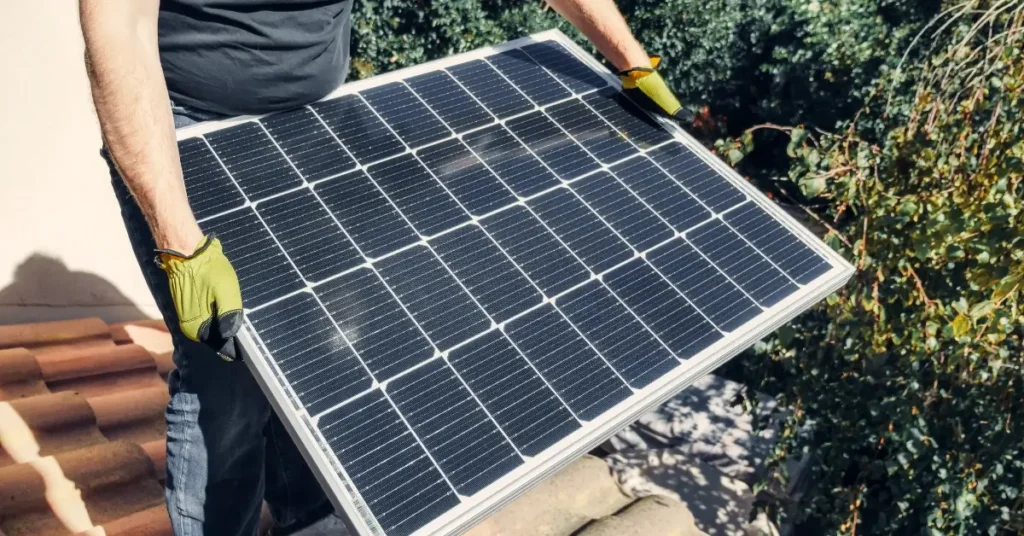
Backup Power and Efficiency
When it comes to backup power and efficiency, both the Generac PWRcell and Tesla Powerwall are impressive options. The Generac PWRcell can provide up to 8kW of continuous power and 15.6kW of peak power, while the Tesla Powerwall can provide up to 7kW of continuous power and 9.6kW of peak power. Both batteries have a round-trip efficiency of 90%, which is impressive for battery storage systems.
Smart Management Modules
The Generac PWRcell and Tesla Powerwall both come with smart management modules that allow homeowners to monitor and control their energy usage. The Generac PWRcell comes with a PWRview app that allows homeowners to monitor their energy usage in real-time, while the Tesla Powerwall comes with the Tesla app that allows homeowners to monitor their energy usage and even control their solar panels.
Off-Grid Compatibility
Both the Generac PWRcell and Tesla Powerwall are compatible with off-grid applications, meaning that homeowners can use them to power their homes even when the grid is down. However, the Generac PWRcell is a more versatile option as it can be used with a variety of off-grid applications, including generators and wind turbines.
Physical Dimensions and Weight
The Generac PWRcell is a larger and heavier battery than the Tesla Powerwall. The Generac PWRcell measures 29.1 x 23.6 x 5.9 inches and weighs 220 pounds, while the Tesla Powerwall measures 45.3 x 29.6 x 5.8 inches and weighs 276 pounds. This may be a consideration for homeowners with limited space.
Cost and Tax Credit
The Generac PWRcell and Tesla Powerwall are both high-end battery storage systems, and as such, they come with a high price tag. The Generac PWRcell starts at around $10,000, while the Tesla Powerwall starts at around $7,000. However, both systems are eligible for a federal tax credit of up to 26% of the cost of the system, which can help offset the cost.
Both, the Generac PWRcell and Tesla Powerwall are impressive battery storage systems that offer homeowners a range of benefits. When deciding between the two, homeowners should consider factors such as backup power and efficiency, smart management modules, off-grid compatibility, physical dimensions and weight, and cost and tax credit.
When considering which battery storage system to choose, it is important to weigh the costs and benefits of each option. Both Tesla Powerwall and Generac PWRcell offer unique features and benefits, so it is important to do your research and consult with a professional to determine which system is right for you.
Frequently Asked Questions
What is the lifespan of a Tesla Powerwall?
The lifespan of a Tesla Powerwall is estimated to be around 10 years, but it can vary depending on usage and maintenance. Tesla offers a warranty for 10 years or up to a certain number of cycles, whichever comes first. After the warranty period, you may need to replace the battery.
Can I live off-grid with Tesla Powerwall?
Technically, it is possible to live off-grid with Tesla Powerwall, but it depends on your energy needs and usage. If you have a solar panel system and use energy-efficient appliances, you may be able to rely solely on the Powerwall for your energy needs. However, it is important to note that living off-grid requires careful planning and monitoring of your energy usage.
How long will a Generac PWRcell battery last?
The lifespan of a Generac PWRcell battery is estimated to be around 15 years, but it can vary depending on usage and maintenance. Generac offers a warranty for 10 years or up to a certain number of cycles, whichever comes first. After the warranty period, you may need to replace the battery.
Can Generac PWRcell be used off-grid?
Yes, Generac PWRcell can be used off-grid, but it requires additional equipment and planning. You will need a solar panel system, an inverter, and a backup generator to ensure that you have enough energy to power your home.
What is the cost of Tesla Powerwall?
The cost of Tesla Powerwall varies depending on your location, energy needs, and installation costs. On average, a single Powerwall unit costs around $7,000 to $8,000, but the total cost can be higher if you need multiple units or additional equipment.
What is the cost of Generac PWRcell?
The cost of Generac PWRcell also varies depending on your location, energy needs, and installation costs. On average, a single PWRcell unit costs around $10,000 to $12,000, but the total cost can be higher if you need multiple units or additional equipment.
If you liked this blog article about the topic: Generac PWRcell vs Tesla Powerwall, don’t forget to leave us a comment down below to tell us about your experience.
